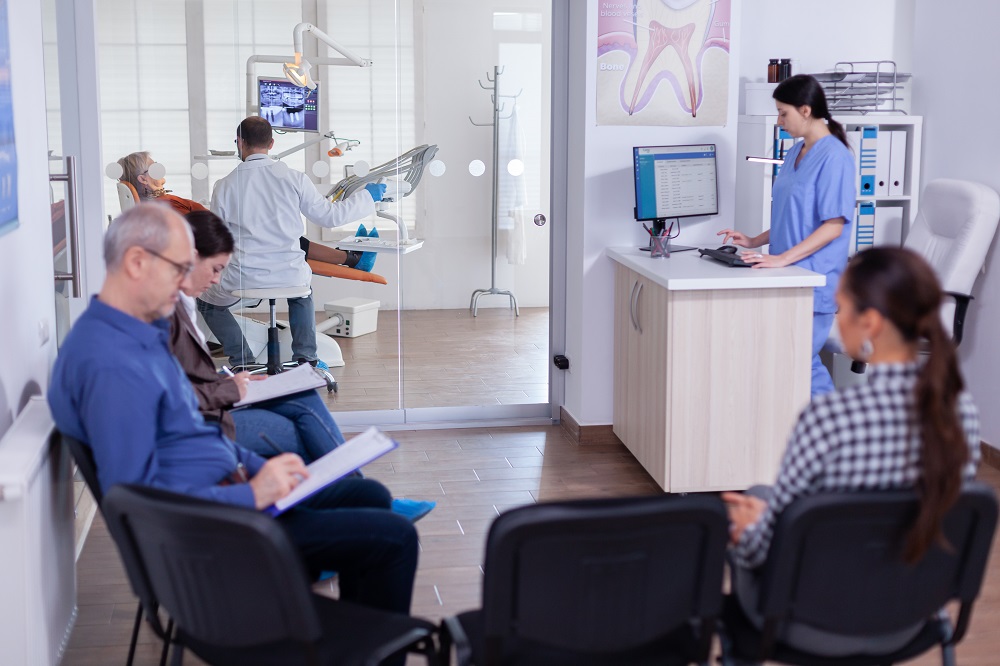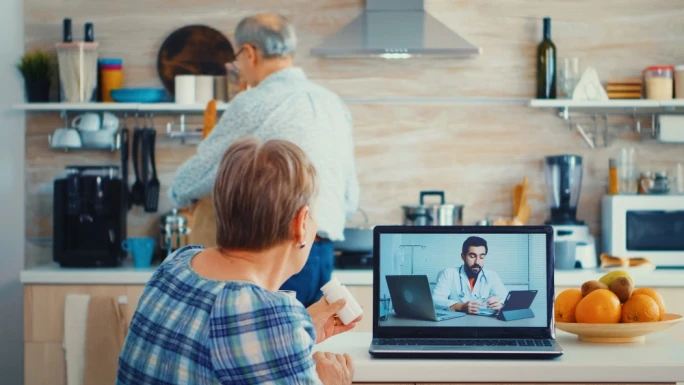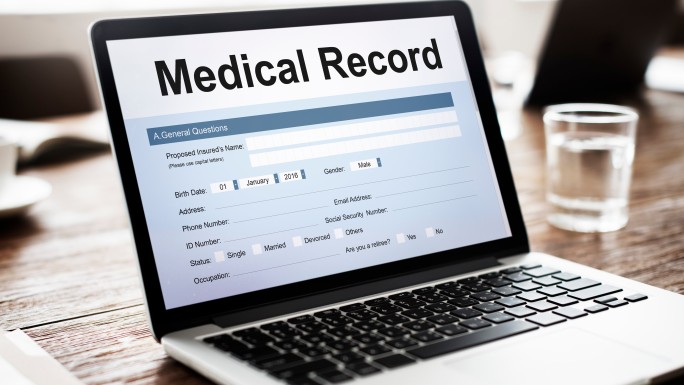6 innovative ways to improve hospital reception for better patient experience
The reception plays an important role in the hospital since it will give patients the first impression of the whole treatment process. Unfortunately, many patients don’t have enjoyable experiences at the reception, leading to decreased patient volume which has heavily damaged the hospitals’ reputation and revenue.
We know that hospitals are always devoted to providing patients with accurate diagnoses and optimal treatment regimens, and it would be a pity to let mistakes at reception upset patients. That’s why we are here to give you practical advice to make your hospital reception outstanding.

1. Train Staff
You need to ensure that hospital reception staff are well-trained in customer service skills, including empathy, active listening, and effective communication, especially in difficult situations like emergencies. Ongoing training is also crucial to keep staff updated on any adjustments of the hospitals like insurance policies to timely inform patients.
2. Streamline Check-in Process
Traditionally, hospitals often use paper-based forms and whenever patients visit hospitals, they need to fill out different forms and documents. This process is extremely slow and inconvenient when the patient volume is high. We recommend you install self-check-in kiosks, online appointment scheduling, or online pre-registration to expedite the process. This will enormously reduce waiting time at the hospital reception.
3. Establish feedback system
For further improvement in patient experience, we advise you to build a feedback system to gather input from patients regarding their reception experience. Based on real feedback from patients, you will be able to identify fields to improve and act upon that feedback to gradually enhance the patient experience.
4. Personalize patient experience
Personalizing the patient experience can make patients feel seen, valued, and cared for. This strategy effectively fosters a positive relationship between patients and healthcare providers. You might want to take a look at some tips below to create a more personalized, patient-centric approach:
Greet Patients by Name: You should train reception staff to greet patients by name when they arrive at the hospital reception. This simple gesture creates a more personalized and welcoming experience, instantly gaining the trust of the patients.
Access Patient Information: We suggest you implement a system enabling reception staff to access patient profiles and preferences. This could include health conditions, preferred communication methods, and any specific needs or accommodations. If reception staff know about each individual’s health problems, they can personalize the communication by asking the right questions and giving the exact answers the patients need.
Custom Informational Materials: When the reception staff knows each patient’s health concern, they can provide patients with customized informational materials like brochures, pamphlets, and educational resources tailored to their specific needs.
5. Integrate Technology
Since every industry is driving towards digital transformation, the healthcare industry is also on the journey to embrace technology to boost efficiency. Healthcare providers have adopted various technologies such as hospital reception systems, EMR, and PHR.
Throughout our working experience, we have seen many hospitals struggling to enhance their reception because implementing each of the aforementioned tips is definitely a huge challenge. That’s why we really recommend you install a hospital reception system as this cutting-edge technology can automate several tasks like online appointment scheduling, self-check-in, and digital registration. With hospital reception systems, the waiting time of patients is significantly decreased.
Additionally, the system can generate reports and provide insights into patient preferences, making it easier for hospitals to personalize patient experience and optimize operations. Most impressively, some advanced hospital reception systems that we have created can even track patients' movements within the facility, providing staff with real-time information on patient locations. This facilitates communication and timely care delivery for patients, especially within big hospitals with complicated layouts.
6. Create comfortable waiting areas
A comfortable waiting area is also important as it shows the quality of the hospital and builds trust with patients. You should set up ample seating, and offer various reading materials like magazines related to your patients’ demographics, novels, or educational infographics within the hospital reception area. Free Wi-fi or charging outlets for electronic devices should also be considered to bring greater comfort for patients. It’ll be ideal if you create a pleasant ambiance in the waiting area with warm lighting and soothing music.
Conclusion
The patient experience is not limited to just the clinical aspects of healthcare but it’s also associated with the reception. Focusing on improving the reception experience can set a positive tone for the entire patient journey within the hospital. If you want a smoother reception process, besides essential staff training, a pleasant waiting area, and patient experience personalization, you should really consider setting up a hospital reception system as it has numerous features to bring a better patient experience.





